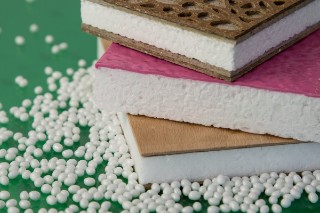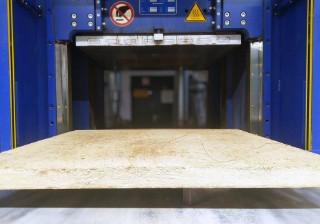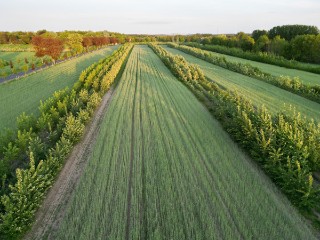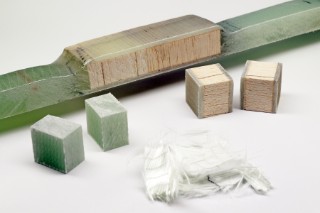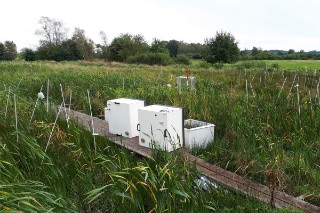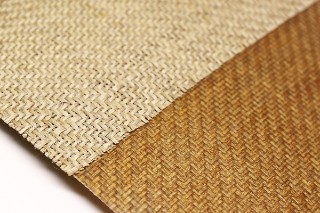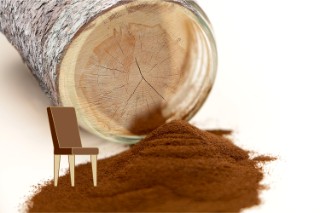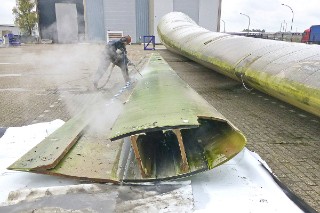Here is a small selection of our research projects.
Lightweight vehicles and construction materials are particularly energy efficient. With the goal of achieving the lowest possible weight combined with good thermal insulation, composite materials are often used that can only be recycled to a very limited extent, if at all. In addition, they are usually comprised of petrochemical or other finite raw materials. In collaboration with industrial partners, we are developing a resource- and climate-friendly solution: recyclable lightweight-construction materials on the basis of renewable raw materials with individual forming possibilities. The special feature: the integration of a functional layer should enable the production of heatable furniture and interior components with a lighting function. The application and market potential is very high throughout all sectors.
more info Fraunhofer Institute for Wood Research
Fraunhofer Institute for Wood Research 